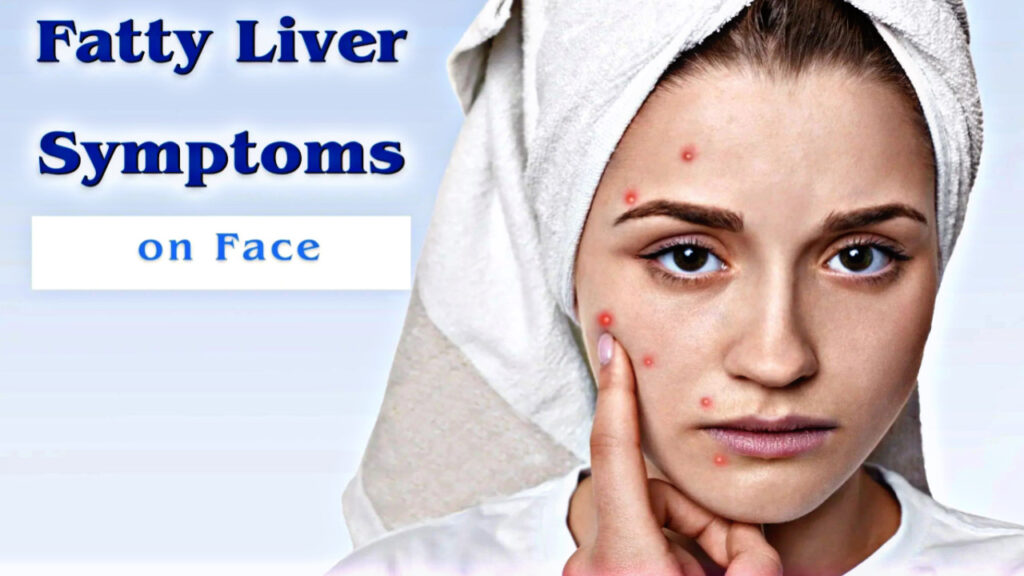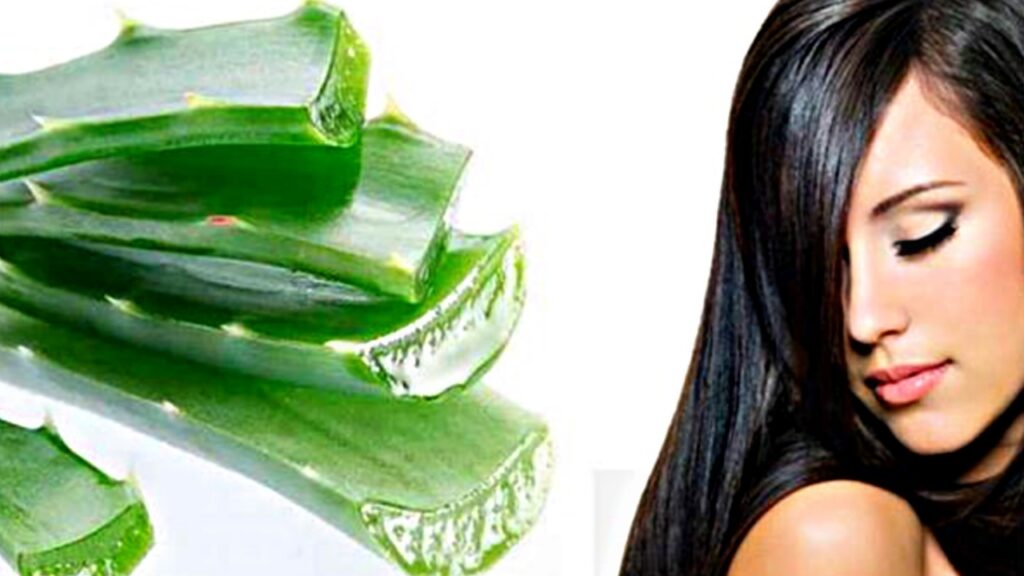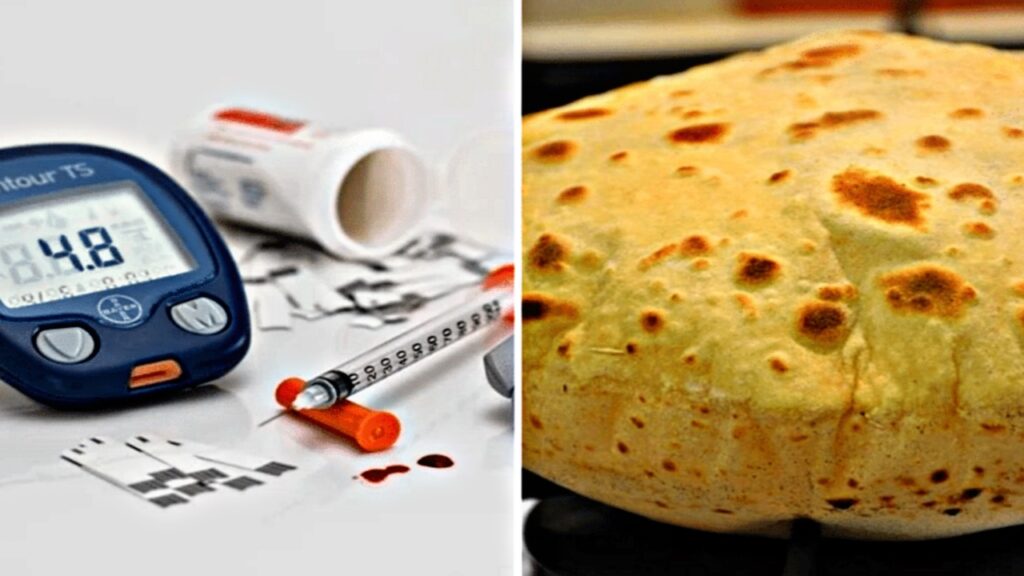Fatty Liver
Fatty liver disease, also known as non-alcoholic fatty liver disease (NAFLD), is a condition in which excess fat accumulates in the liver. This can lead to liver inflammation and, if left untreated, may progress to more severe conditions such as cirrhosis or liver failure. One surprising aspect of fatty liver disease is that some of its early symptoms can appear on the face. Recognizing these early signs can help individuals seek medical attention before the condition worsens.
Here are five early symptoms of fatty liver disease that might show up on your face:
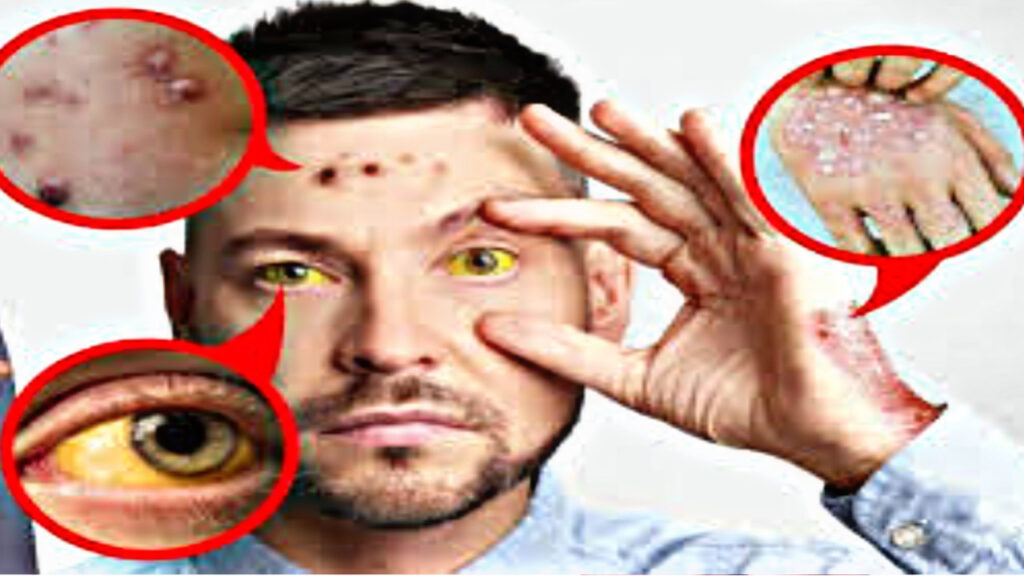
1. Pale or Yellowish Skin Tone
A common sign of liver dysfunction is a pale or yellowish complexion, also known as jaundice. This occurs when the liver is unable to process bilirubin properly, a waste product created when red blood cells break down. Normally, the liver processes bilirubin, which is then excreted in bile. However, when the liver is overwhelmed with fat and starts to malfunction, it may not process bilirubin as efficiently, causing it to build up in the bloodstream. This buildup leads to yellowing of the skin, particularly on the face, including the whites of the eyes.
2. Redness in the Cheeks (Rosacea-like Appearance)
Fatty liver disease can also cause redness in the face, often appearing on the cheeks and nose. This could manifest as a rosacea-like appearance, where the skin becomes flushed or irritated. The reason behind this is that when the liver is struggling to filter toxins, it can result in an imbalance of hormones, which can affect the skin’s appearance. Some individuals may also experience small, visible blood vessels under the skin, a condition known as telangiectasia, which contributes to the redness.
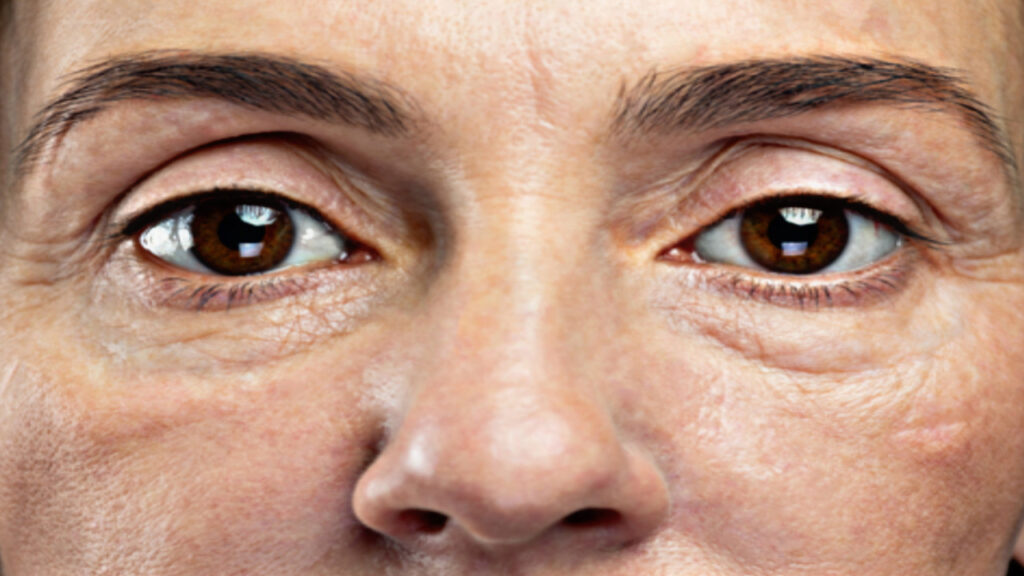
3. Dark Circles Under the Eyes
If you’ve noticed that dark circles under your eyes have become more pronounced recently, this could be an early symptom of fatty liver disease. As the liver’s ability to detoxify the body decreases, waste products and toxins begin to accumulate. This can affect circulation, leading to poor oxygenation of tissues, including those around the eyes. The skin around the eyes is thin, and as toxins build up, it can lead to puffiness and dark circles, giving the face a tired and worn appearance.
4. Acne and Oily Skin
People with fatty liver disease might also notice an increase in acne or a noticeable change in their skin texture. The liver plays a critical role in hormone regulation, and when it’s compromised, hormonal imbalances can lead to an overproduction of oil in the skin. This excessive oil can clog pores and contribute to the development of acne, particularly on the face, forehead, and chin. If you notice an uptick in breakouts or an oily complexion that wasn’t an issue before, it could be a sign that your liver is under stress.
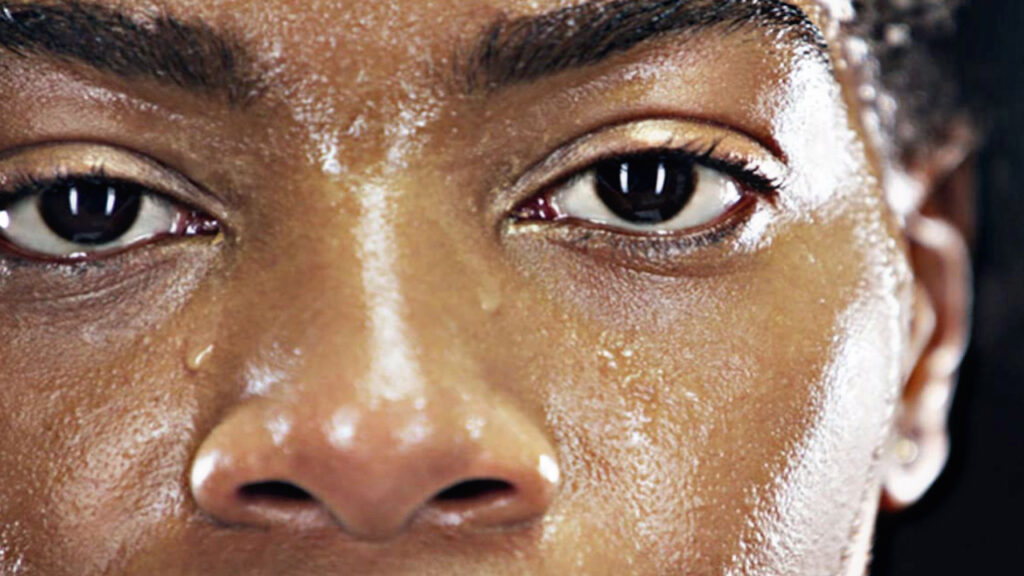
5. Swelling or Puffiness in the Face
As fatty liver disease progresses, it can cause fluid retention, which may result in puffiness, especially in the face. This can manifest as a swollen appearance around the cheeks, eyes, or jawline. The liver is responsible for regulating many bodily functions, including the balance of fluids. When the liver is impaired by fatty deposits, it may struggle to maintain this balance, leading to swelling and bloating in the face and other parts of the body.
Although fatty liver disease is often symptomless in its early stages, the condition can reveal itself through subtle signs on the face. Jaundice, redness, dark circles, acne, and puffiness are all potential early indicators of liver stress. If you notice any of these changes in your appearance, it’s important to consult with a healthcare provider. Early detection and lifestyle changes, such as a healthy diet and regular exercise, can significantly reduce the risk of developing more severe liver issues.
Taking care of your liver is essential for overall health, and paying attention to the subtle signs it gives you such as changes to your skin can make a big difference in preventing long term damage.

